20 Books to Further Explore Photoville Festival Themes
Exhibitions at this year’s Photoville Festival emanated an especially momentous tone on the backdrop of a dreary and dizzying 2020 that brought us a pandemic, social uprisings, and edge-of-your-seat elections.
The deconstructed, rearranged, and glitzy collages featured in the MZ. ICAR series “Value: In Terms of Iconography” or Wendy Red Star’s panoramic timeline titled “Um-basax-bilua (Where They Make Noise)” forced us not only to see but beckoned us to reconsider our knowledge of history and understanding of representation.
Below is a curated reading list based on 10 select exhibitions that showed citywide this year. These 20 books – a mix of new releases, nonfiction, short stories, speculative, young adult novels, memoirs, and poetry – are resources meant to expand your learnings as you continue to explore themes presented at this year’s Photoville. These suggested books – fictions and poems included – cover a range of subjects that defined a rocky 2020 such as the legacy of colonialism, the U.S. border crisis, Indigenous history, racism, and Asian Americans.
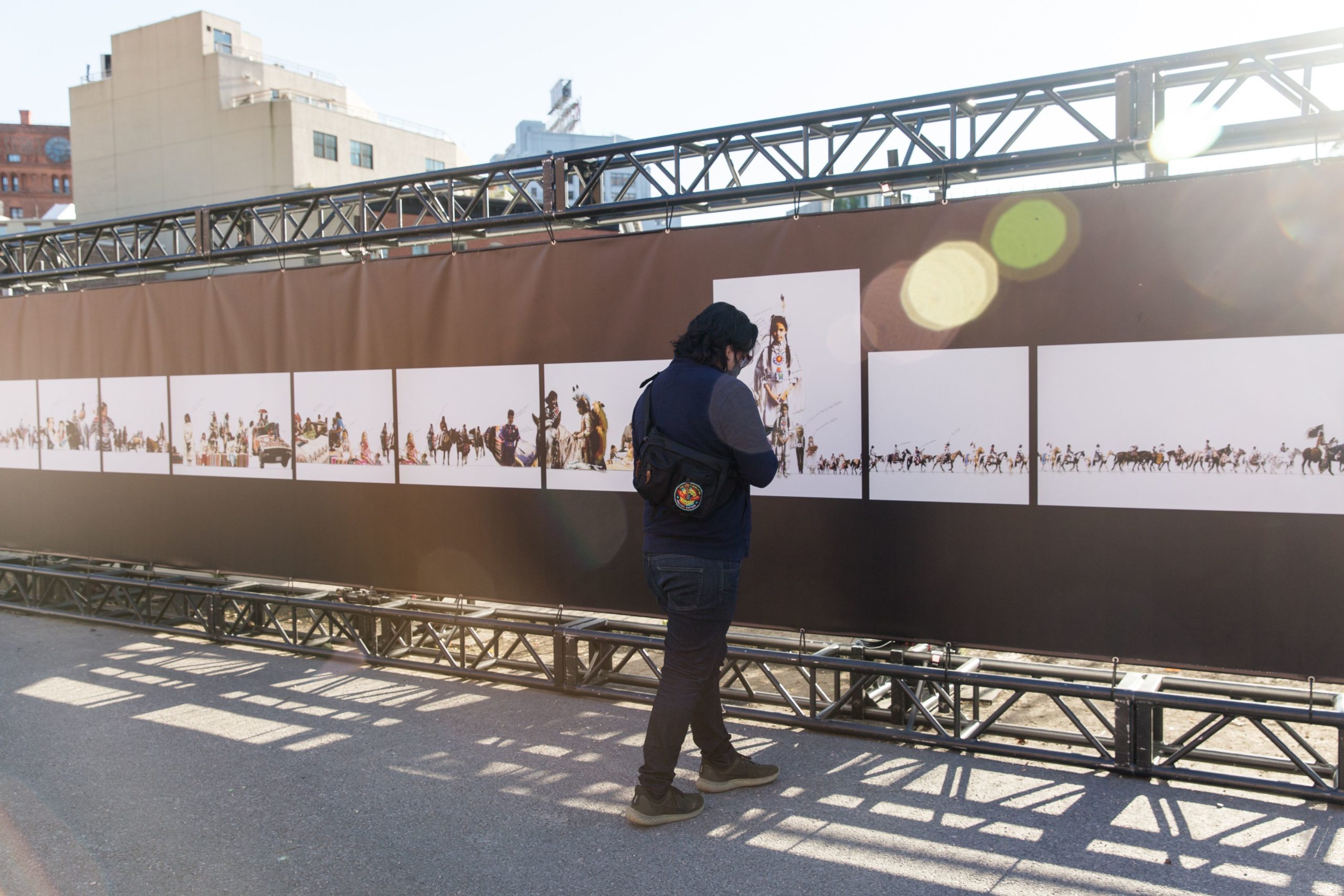
Reading recommendation based on Um-basax-bilua (Where They Make Noise) 1904-2016, 2017 by Wendy Red Star.
“All the Real Indians Died Off:” And 20 Other Myths About Native Americans by scholars of Indigenous history, Roxanne Dunbar-Ortiz, and Dino Gilo-Whitaker is a nonfiction history book that debunks 21 myths such as Indigenous people are extinct or that Native Americans receive a bevy of special benefits including tax exemption.
Indigenous poet Natalie Diaz’s Postcolonial Love Poems, published in March, challenges the erasure that Red Star’s series highlights through a collection of powerful, poignant, and personal poems. Manhattan Is a Lenape Word and American Arithmetic, address issues such as national memory, empire, capitalism, and police brutality. Be sure to also check out Aperture Magazine’s September 2020 Native America edition edited by Red Star and featuring Indigenous artists and writers including Diaz.
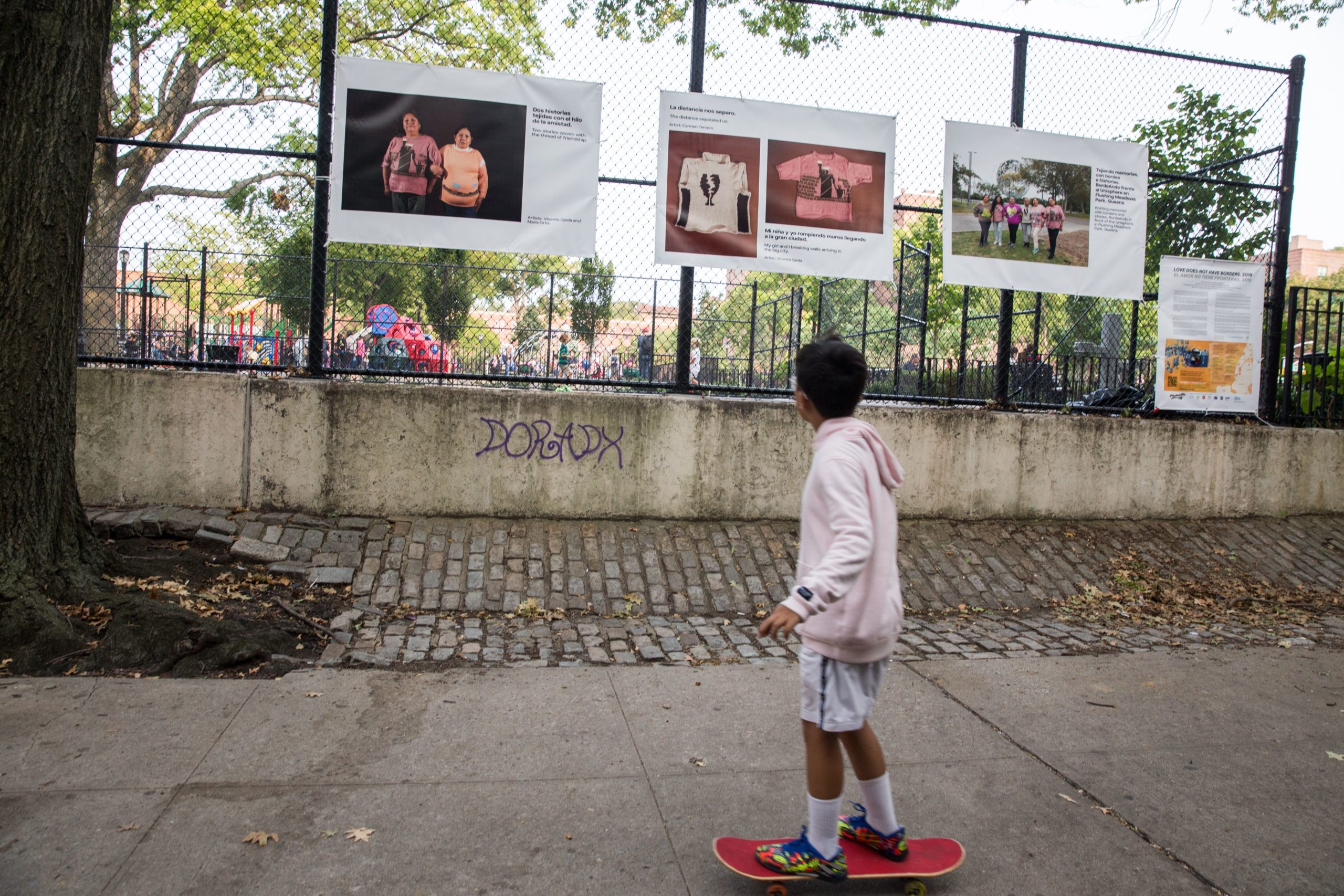
Reading recommendation based on Love Does Not Have Borders, 2019/El Amor No Tiene Fronteras 2019 by Jeannine Han and BordeAndo
The Book of Rosy is a memoir written by Rosayra Pablo Cruz, a Guatemalan mother seeking asylum. Pablo Cruz was separated from her sons and held at an immigration detention center when she crossed the U.S.-Mexico border. Her sons, ages 5 and 15, were placed in the New York foster care system. Julie Schwietert Collazo, founder of Immigrant Families Together, co-author The Book of Rosy that launched in June. Pablo Cruz’s account humanizes the border crisis, helping readers grasp why people flee their home countries and what’s at stake when they attempt to cross the U.S. border.
Another book that explains factors fueling the crisis (a glossary and appendices are included) and humanizing those affected is Solito, Solita, edited by Steven Mayers and Jonathan Freedman. This book is a collection of 15 narratives told by Central American youth refugees interviewed between 2014 and 2018 about challenging conditions in their homelands that made them leave.
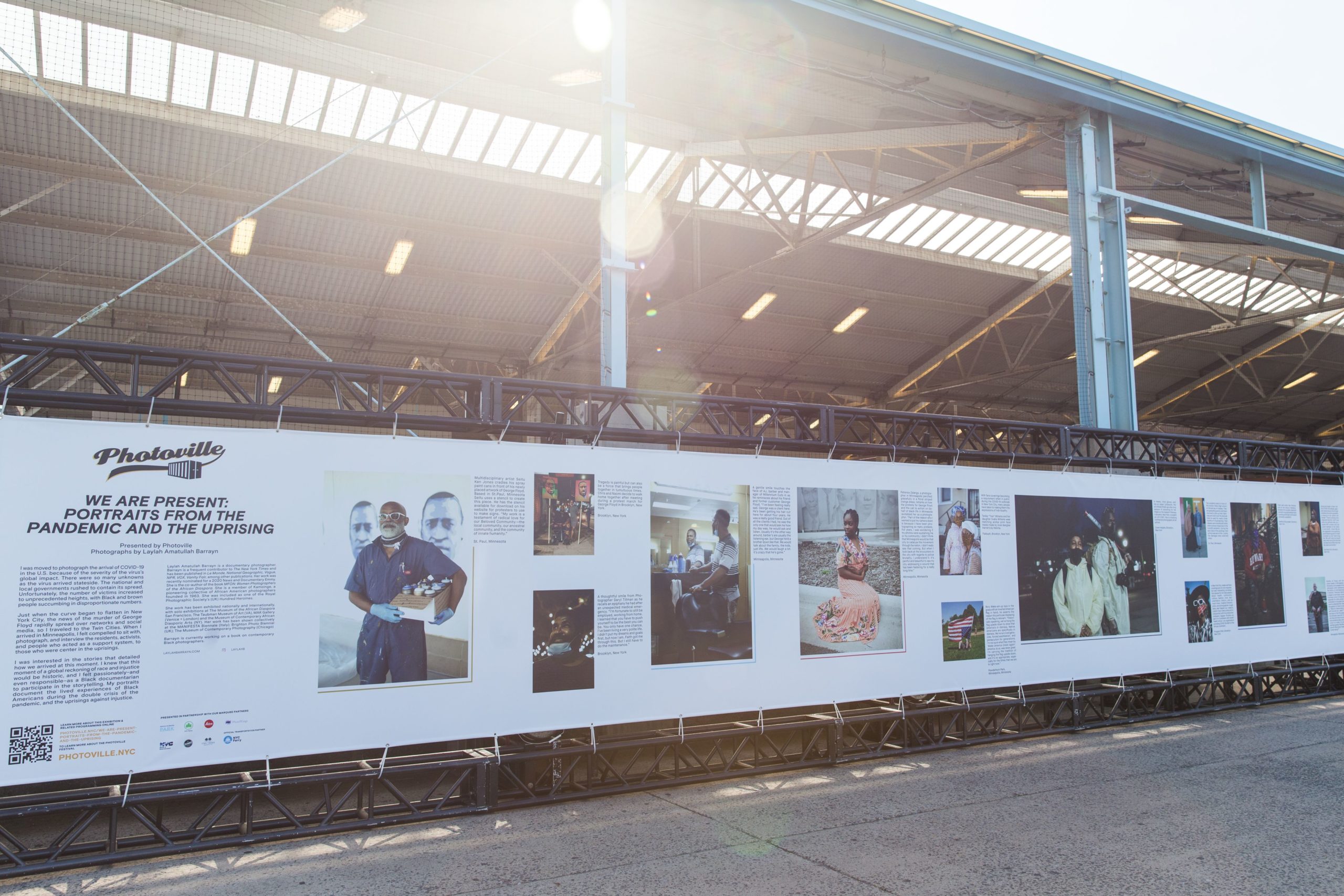
Reading recommendation based on We Are Present: Portraits from the Pandemic and the Uprising by Laylah Amatullah Barrayn
Marc Lamont Hill’s We Still Here: Pandemic, Policing, Protest, and Possibility and Black Lives Matter Global Network co-founder Alicia Garza’s The Purpose of Power: How We Come Together When We Fall Apart are the books to read after taking in Barrayn’s visual documentary.
Garza lays a framework for effective community organizing. Her book is also a memoir that shares her experiences as an emerging community activist and the lessons learned. Hill’s We Still Here offers an analysis of the social events – a struggling healthcare system, racial injustices, and underpaid working class – that looked especially glaring in 2020. Told in a Q&A format – Hill answers questions posed by French activist and friend, Frank Barat, about police violence and the politics of disposability when it comes to imprisoned people, immigrants, and the elderly. This book is as much about hope as we head into the new year and a country reimagined as it is about interrogating social conditions that have long put working-class Americans at an economic disadvantage.
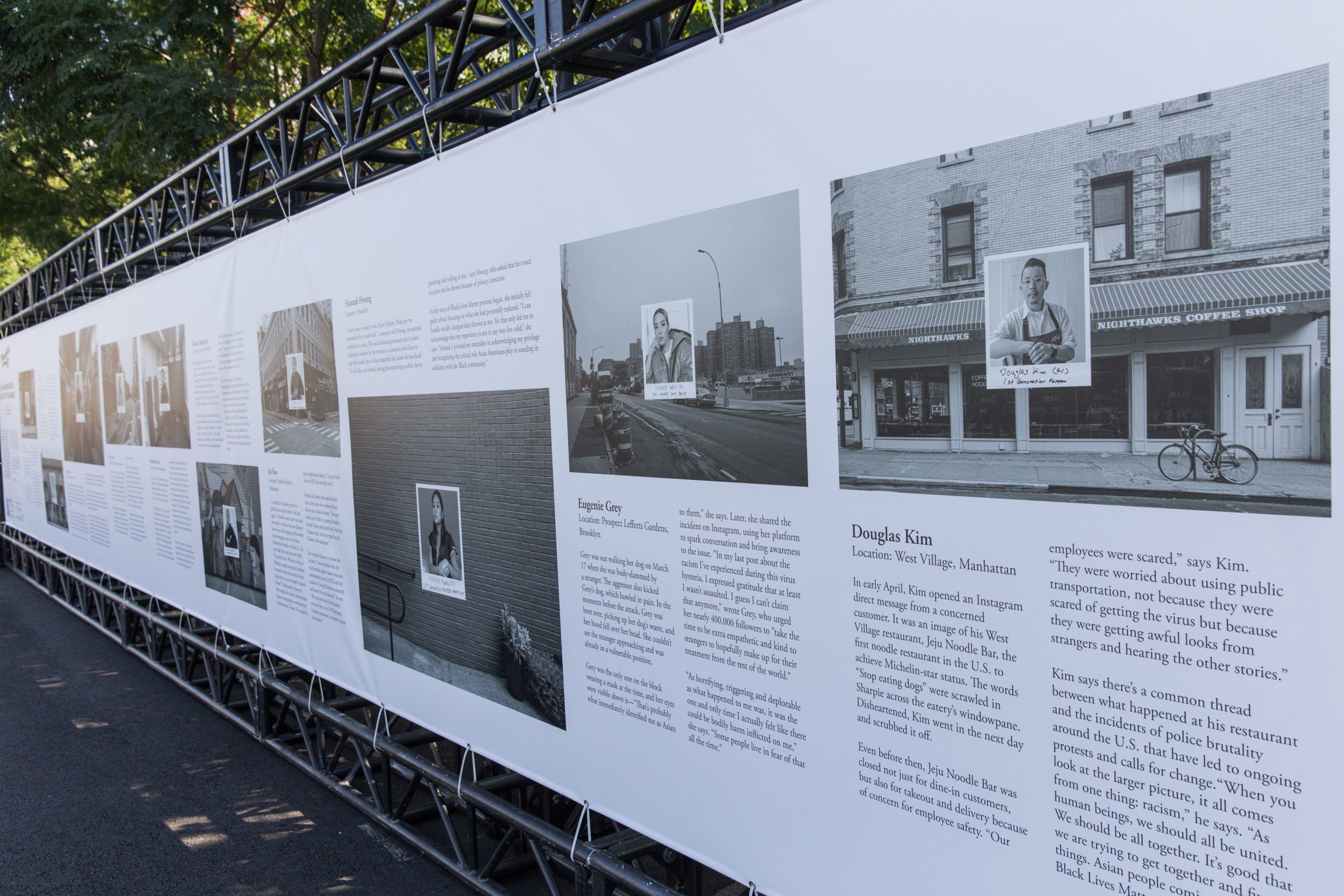
Reading recommendation based on Asian Americans on Race and the Pandemic by Haruka Sakaguchi.
In The Making of Asian America: A History, historian Erika Lee provides a sweeping overview of racist stereotypes foisted on Asian Americans, who have been first lumped into a single, homogenous group despite different ethnicities. And, secondly, treated as foreigners tied to Asia despite their American citizenship. Lee’s book begins in the 1500s when Spain’s Pacific empire stretched from the Philippines to Mexico, then known as New Spain. Broken into four parts, The Making of Asian America also explores the histories of specific American groups including the Chinese, Japanese, Korean, Hindu, and Filipinos.
Cathy Park Hong’s Minor Feelings: An Asian American Reckoning, on the other hand, embarks on a frank and personal self-interrogation of what it means to be Asian American. Hong, a poet, analyzes her racial trauma as a Korean American through seven meditative essays, one of which includes her reckoning with race while watching a Richard Pryor stand up. Her writings explore anti-Blackness, the legacy of colonialism and the myth of the model-minority.

Reading recommendation based on In Our Season of Discontent, Count it All Joy curated by Novella Ford of the Schomburg Center for Research in Black Culture.
As part of the viewing experience, the Schomburg compiled its list of exhibition essentials, which includes the gorgeously haunting Ross Gay poem, A Small Needful Fact; Gwendolyn Brooks’ Second Sermon on the Warpland; and Nikki-Rosa by Nikki Giovanni. The center also suggests you listen to Stevie Wonder’s album, Journey Through the Secret Life of Plants, and read The Sweet Flypaper of Life by Harlem-born renowned photographer Roy DeCarava and Langston Hughes, a literary savant who was part of the 1920s’ Black cultural explosion known as the Harlem Renaissance.
We’d also add the recently launched Black Futures by Kimberly Drew and Jenna Wortham, which contains an oeuvre of provocative works by Black creators ranging from essays, photos, and dialogues to recipes, tweets, and poetry. The Collected Poems of Langston Hughes, which contains 868 poems, is also noteworthy and a great compilation read to exhibit produced by Schomburg Center where Hughes’ ashes are also housed.
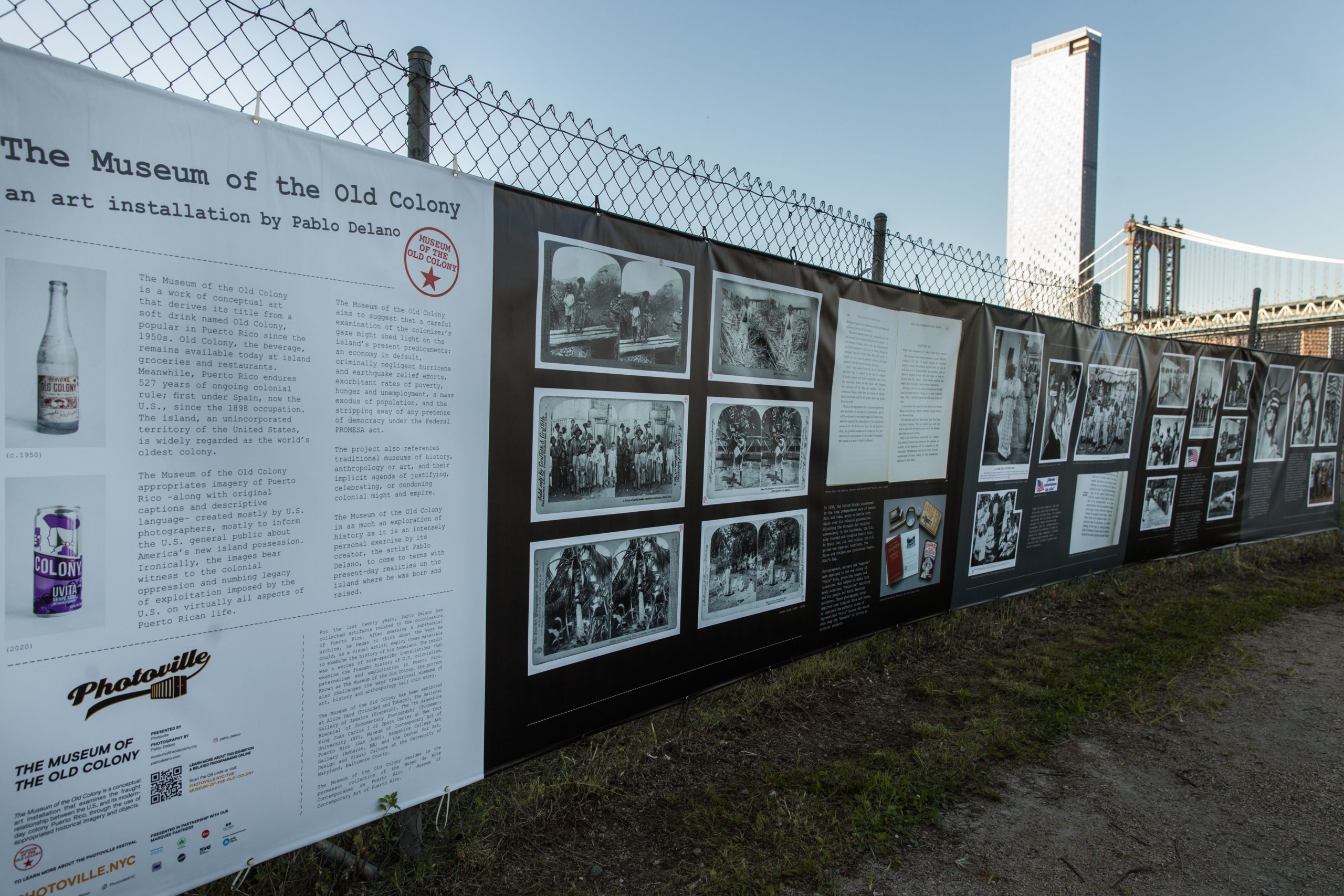
Reading recommendation based on The Museum of Old Colony by Pablo Delano.
Ed Morales’ Fantasy Island: Colonialism, Exploitation, and the Betrayal of Puerto Rico, is a great compilation to Delano’s exhibition. Moral’s reportage buttressed his lived experience on the island and in New York, explores factors such as Puerto Rico’s conditional American citizenship, insufficient federal aid after the 2017 category-4 Hurricane Maria, and the territory’s debt of upwards of $70 billion, – factors that coalesce to divest Puerto Ricans of home, identity, and political agency.
Jorge Duany’s Puerto Rico: What Everyone Needs to Know provides a succinct, introduction to the Island’s rich history, culture, politics, and economy. The book begins with a historical overview of Puerto Rico during the Spanish colonial period (1493-1898). It then focuses on the first five decades of the U.S. colonial regime.
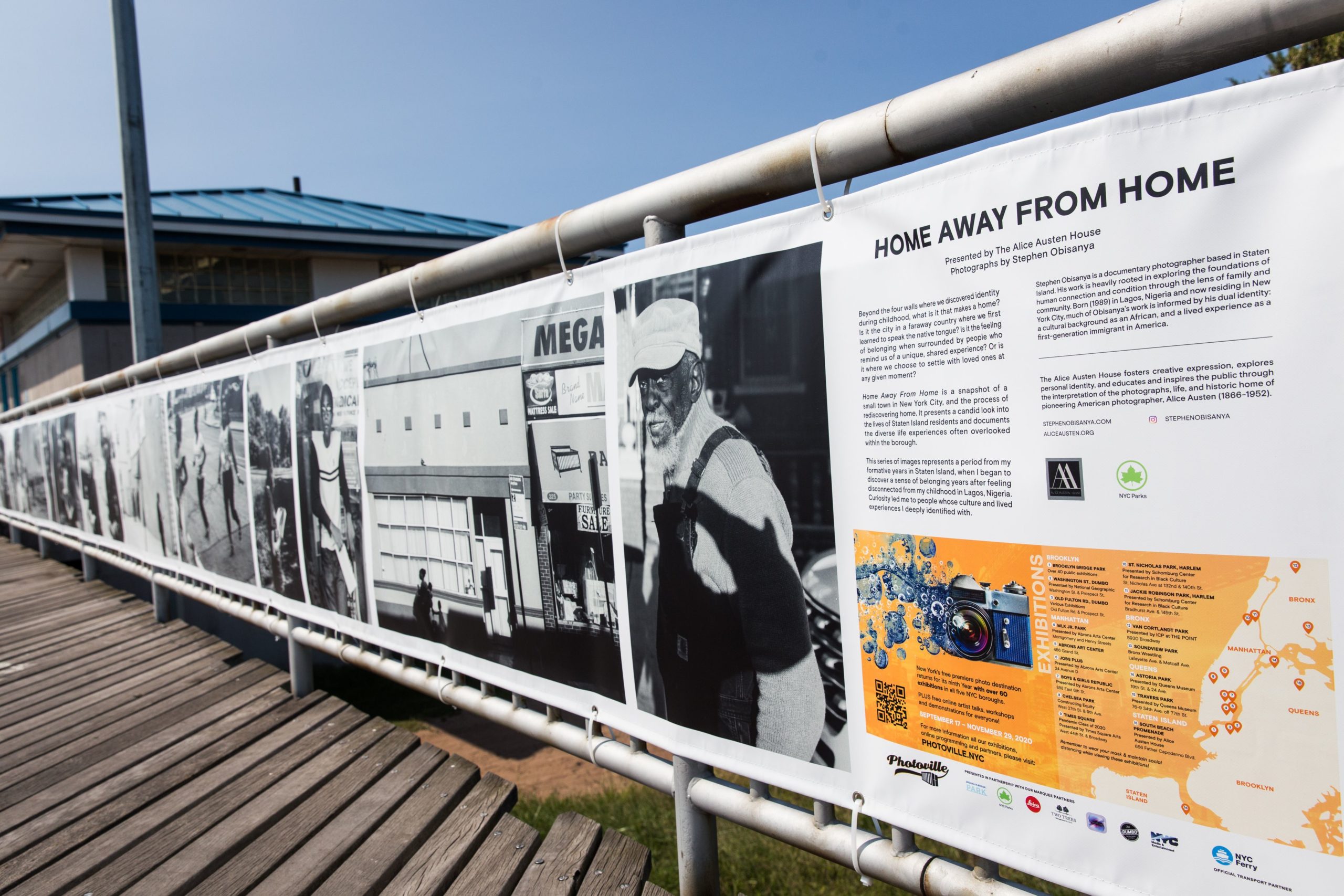
Reading recommendation based on Home Away From Home by Stephen Obisanya.
Writer Claire Jimenez, who lived in Staten Island, much like Stephen Obisanya, explores the diversity within New York City’s southernmost borough in her short story collection, Staten Island Stories. Drawing inspiration from medieval writer Geoffrey Chaucer’s The Canterbury Tales, which is a multi-character tale of a pilgrimage, Jimenez writes about island life from the perspective of working-class characters who are inspired by real-life turning points. Events woven into this collection of stories include the 2003 Staten Island Ferry crash, Eric Garner’s murder, heroin and opioid addictions, and the 2016 presidential election.
N.K. Jemisin’s The City We Became is an urban fantasy and the first installment of a trilogy. The premise of Jemisin’s book is New York City has fallen into a deep slumber and it needs its avatars, each representing a borough, to unite in order for the city to live. Aislyn, the avatar for Staten Island, plays a prominent role in this series that Jeminsin describes as a love letter to New York.
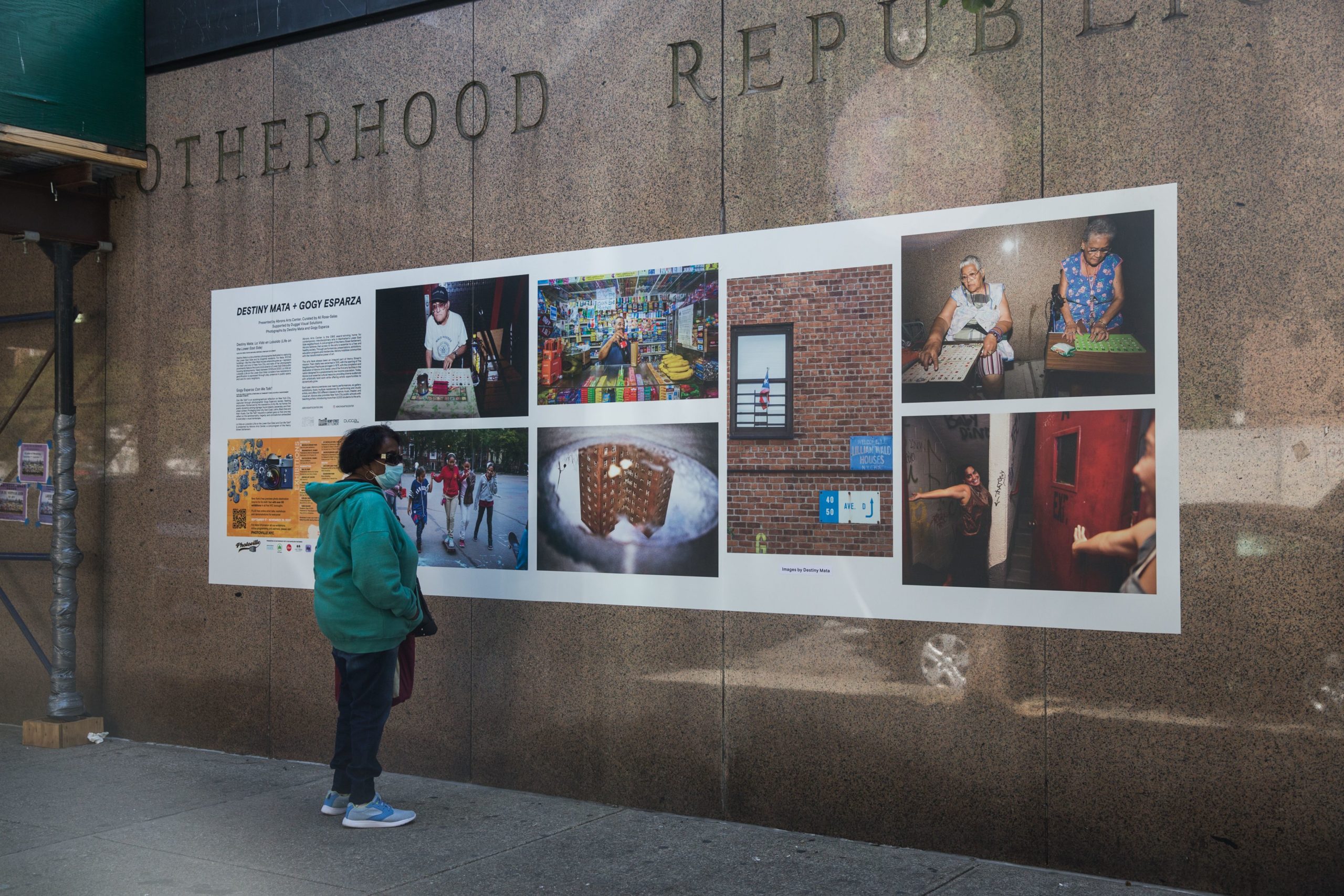
Reading recommendation based on La Vida en Loisaida (Life on the Lower East Side) by Destiny Mata.
For more about the politics of gentrification and why this type of business approach disrupts communities while vastly changing the makeup of a neighborhood, read Peter Moskowitz’s How to Kill a City: Gentrification, Inequality and the Fight for the Neighborhood. Moskowitz analyzes gentrification in New York, New Orleans, Detroit, and San Francisco. The section on New York mentions the Lower East Side albeit it doesn’t focus entirely on the neighborhood tucked in Manhattan’s southern-eastern part. Still, this book is a worthwhile follow-up to Mata’s La Vida en Loisaida.
For a microcosm view, see Eric Ferrara and Nina Howes’ Lower East Side Oral Histories. This book contains 25 interviews with residents of various ethnicities and faiths: Puerto Rican, Polish, Chinese, Blacks, Ukrainian, German, and so on. Evicted from her apartment after it sold for more than $4 million, Howes set out to capture the very changes that have been visually documented by Mata. Reading this book is almost like taking a stroll through one of New York’s oldest enclaves that have long been home to immigrants and working-class people.
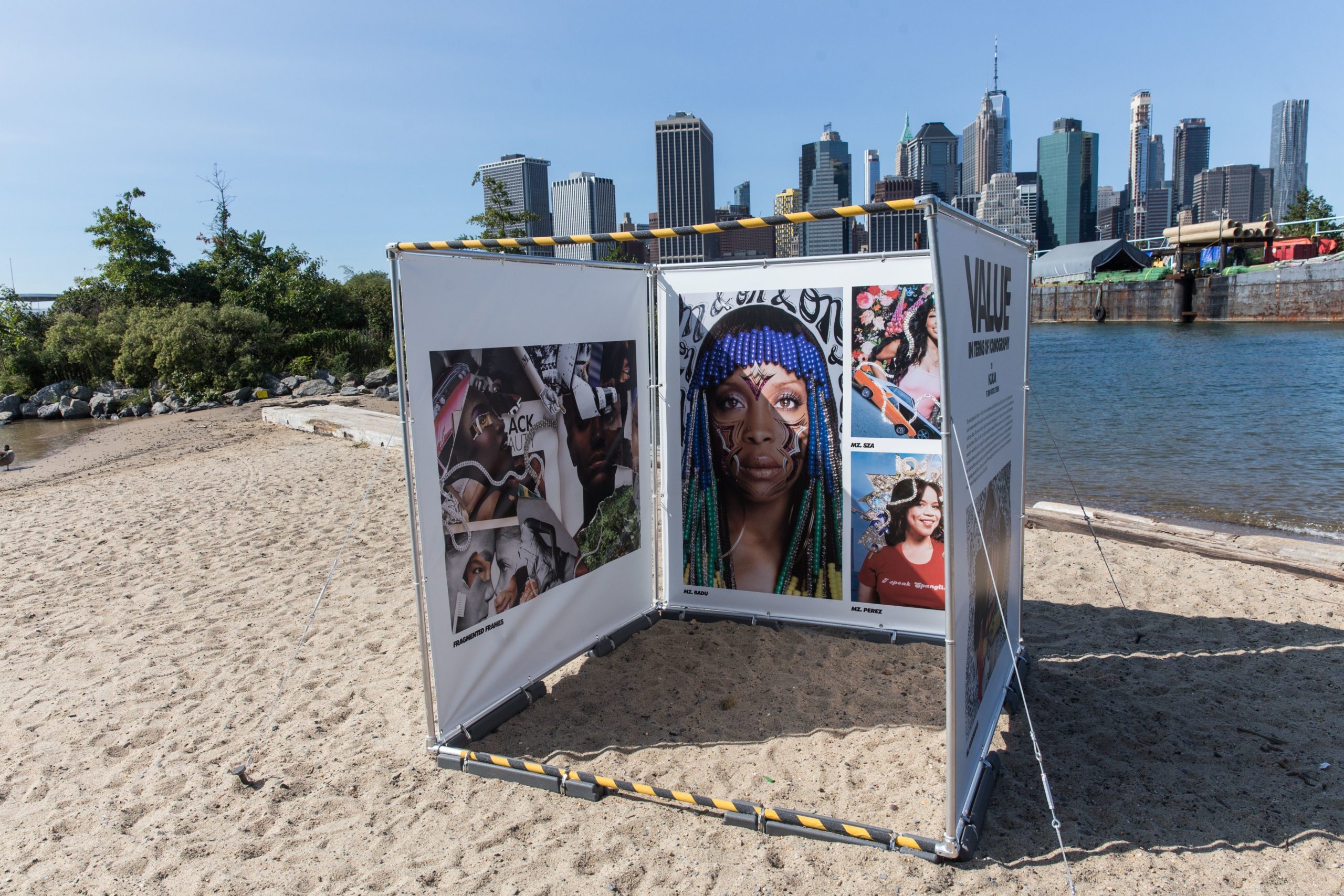
Reading recommendation based on Value: In Terms of Iconography by Mz.Icar
Detroit Poet Jessica Care Moore’s We Want Our Bodies Black: Poems rearranges racial and gendered ideas about Black women through the construction and deconstruction of poetry lines and question mark suspended mid-page. Moore tackles the representation and value of Black women who write (Ntozake Shange), who sing (Aretha!), who ice skated (Mabel Fairbanks) or who only wanted to breathe (Sandra Bland). Like Mz. Icar, these poems are layered and rich in history.
Kathy Landoli’s God Save the Queens: The Essential History of Women in Hip-Hop also disrupts the gaze and challenges the narrow thinking that few women artists helped birth and mold Hip Hop as an art form and culture. This book is the first of its kind to focus on the women music makers such as pioneers MC Debbi D, Roxanne Shante, Queen Latifah, and Missy Elliot left indelible marks on the culture.
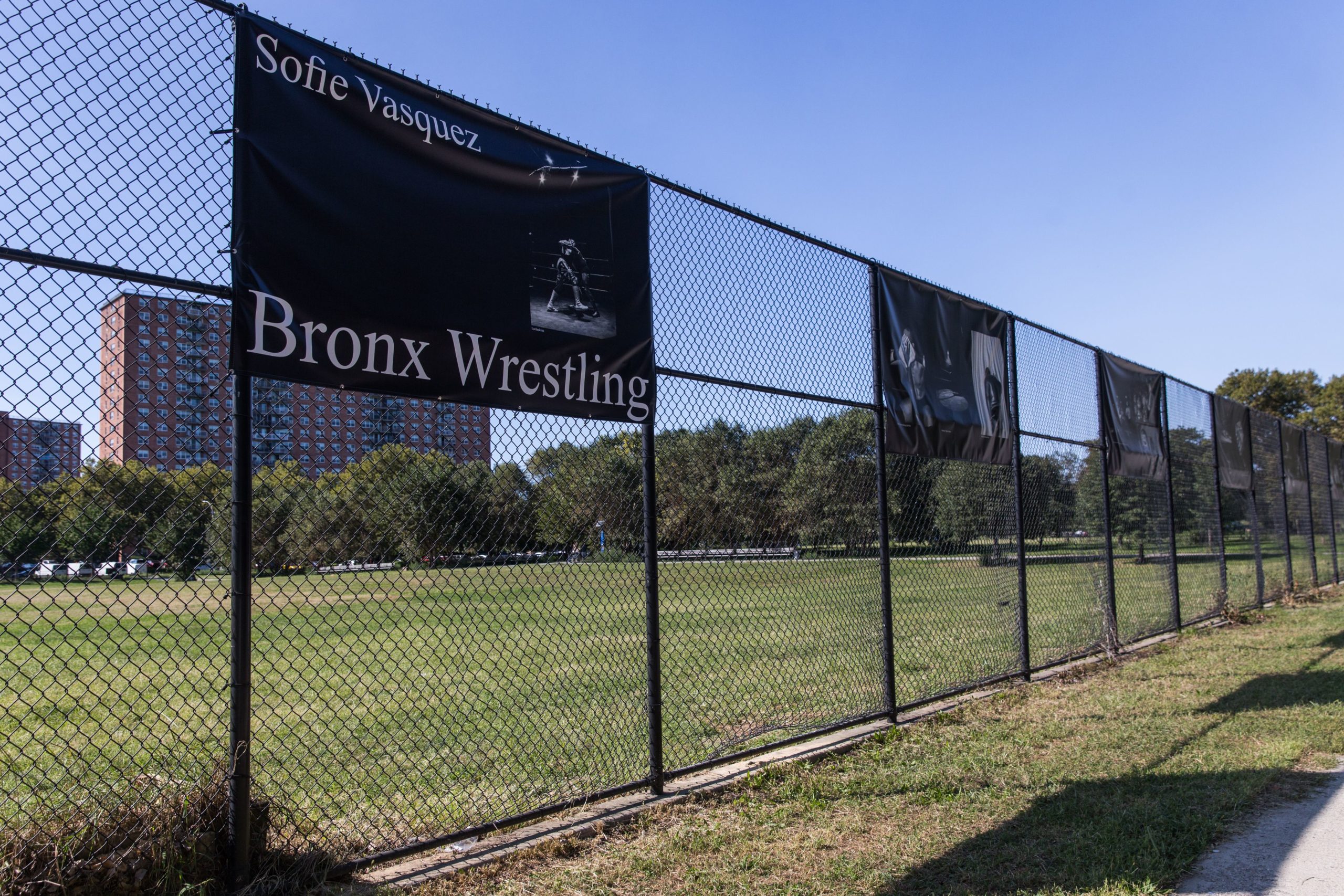
Reading recommendation based on Bronx Wrestling by Sofia Vasquez.
In the diverse world of wrestling, there are many styles, like Lucha Libre, a Mexican wrestling style is emerging in U.S. metropoles like the Bronx, to learn more about this style read Heather Levi’s book World of Lucha Libre: Secrets, Revelations, and Mexican National Identity. This book is a great primer for those who know little about this popular global sport or its place in history. The Bronx has also produced an international artform: Hip Hop.
Sofia Quintero’s coming-of-age YA, Show and Prove, is a great entry to learn about New York’s oldest borough. Quintero’s fiction is set in 1983 when Hip Hop was in its nascent stage and the Bronx was simplistically portrayed as New York’s poorest borough.
Post a Comment
You must be logged in to post a comment.


